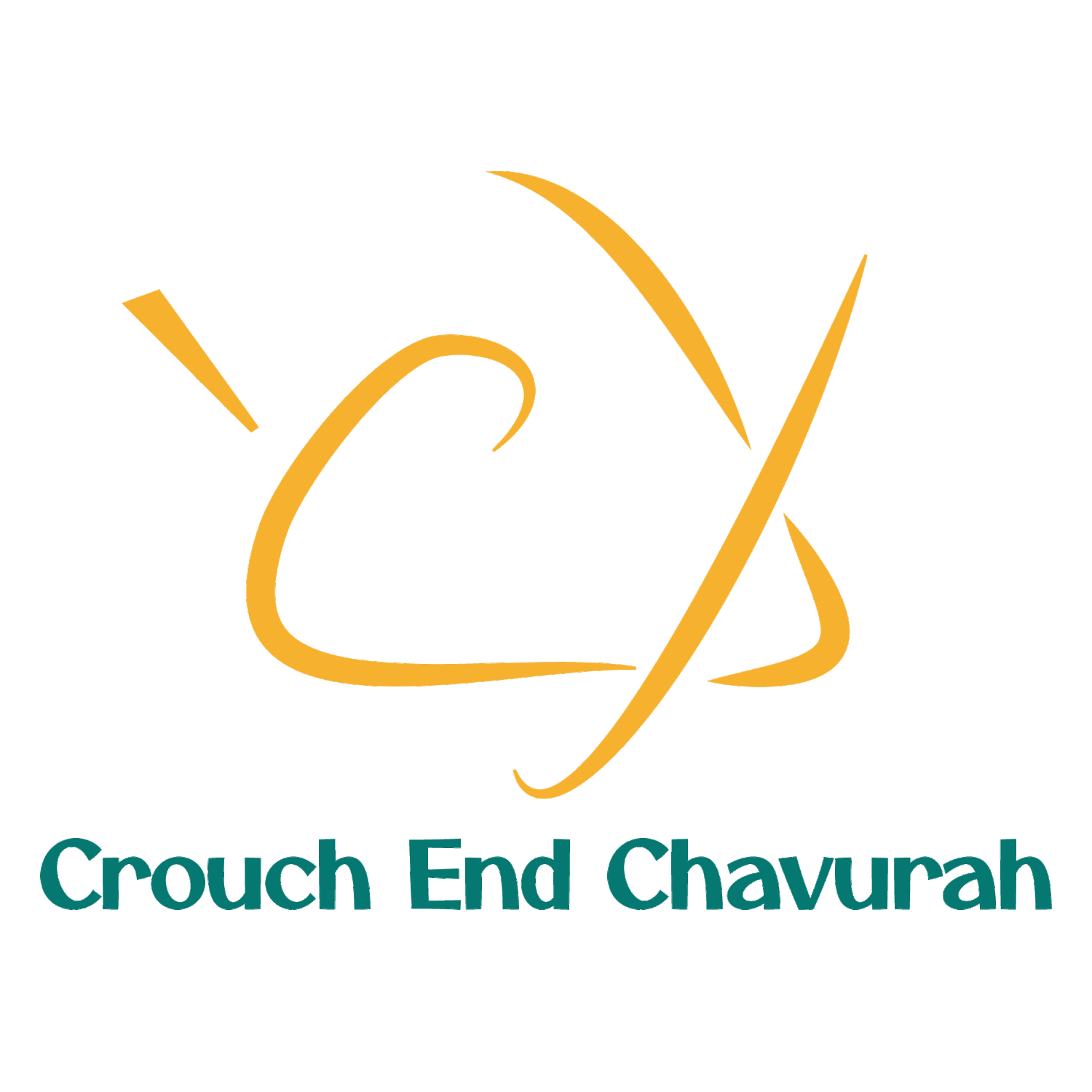When Do The High Holy Days Begin? by Rabbi Sandra Kviat
Is it at the Rosh Hashanah morning service, when the month of Elul turns into the month of Tishri? Or the evening before? Is it with the throwing of birdseed at Tashlich, when we walk together on Hampstead Heath? Is it the melodies at the Tashlich service, on the Saturday night before Rosh Hashanahthat awakens you? Is it the first sweet taste of apples and honey? Is it the gnawing feeling during the Yom Kippur fast that really alerts us to the spiritual and emotional work of these days of awe? Is it the sound of the shofar that jostles you awake? Is it at the beginning of the month of Elul which precedes Shabbat shalom, where traditionally the shofar is blown each morning (apart from Shabbat) and psalm 27 is read? Or is it Tisha B’av as some rabbis suggest. The day of mourning and fasting for the destruction of the two Temples, which usually falls at the beginning of the summer holidays?
It is easy to only begin the journey on Rosh Hashanah, but as with so many important events, we know that a little preparation goes a long way. Rabbi Rachel Cowan (director, Institute for Jewish Spirituality) says it beautifully:
“The teaching I most often turn to comes from This is Absolutely Real and You are Completely Unprepared, the late Rabbi Alan Lew's brilliant guide to spiritual preparation for the holidays. Some background: When I converted to Judaism, Tisha B'Av was very meaningful to me; I would fast and study Lamentations as I contemplated the horrors of the destruction of Jerusalem. But when I began to visit Israel regularly, I decided Tisha B'Av was irrelevant, now that the state had been re-established and rebuilding the Temple in a hostile political environment would pose grave danger.
Since reading Rabbi Lew's book, I have resumed observing Tisha B'Av. He taught me that the destruction of the Temple is a metaphor for examining one's inner life-to find the structures that no longer serve us. This is an important way to begin the reflection of the High Holy Day season, for we cannot change ourselves until we clearly see the structures that constrict our spirit and keep us attached to small-minded, self-centered ways of mind and heart.
In my case, these may be stories in which I have made myself the victim, the hero, the martyr, the failure. They may be habits such as eating too much, not exercising enough, taking on too much work. Or they may be cravings for material possessions or experiences that in the end will not make me happier.
To do the subtle work of teshuvah, we must free ourselves from these structures and instead manifest the attributes of God that we chant over and over in the High Holy Day liturgy: compassion, grace, patience, loving-kindness, and truthfulness.
So I begin my High Holy Day practice on Tisha B'Av by re-reading Alan Lew's book, and then during the Hebrew month of Elul, I sit in meditation to begin identifying the structures that no longer serve me”.
Though Tisha B’av is long gone, there is still time to learn and to prepare for the High Holy Days. Like Rabbi Cowan, I reread Alan Lew’s book yearly, and begin thinking about the stories I tell myself about myself, so that I can see these structures and stories for what they are. Only then can I begin the often difficult process of teshuva.
When do the High Holy days begin? The answer, I guess, is when you let them begin. When we take a deep breath and accept that though this time of the year is difficult, we also know that we feel so much better for having done the work of teshuva afterwards. That's both the beginning and end and beginning of the High Holy Days.

